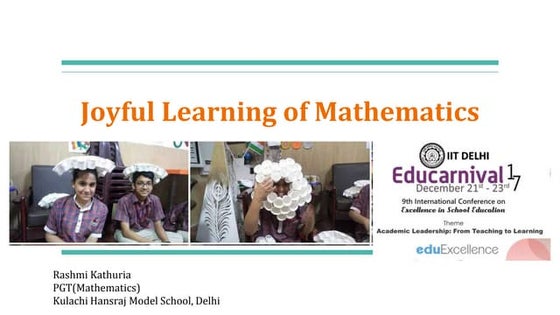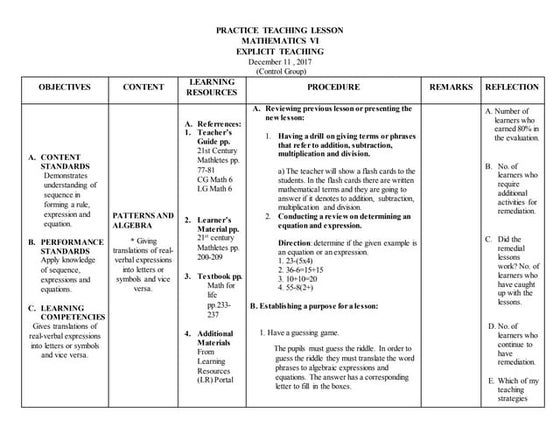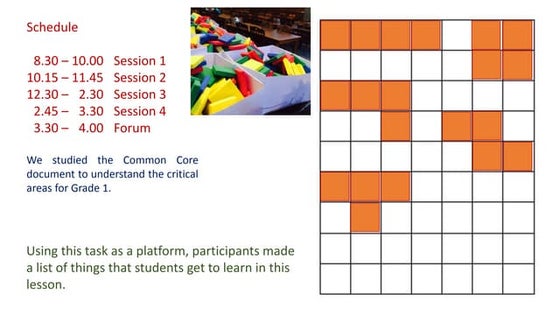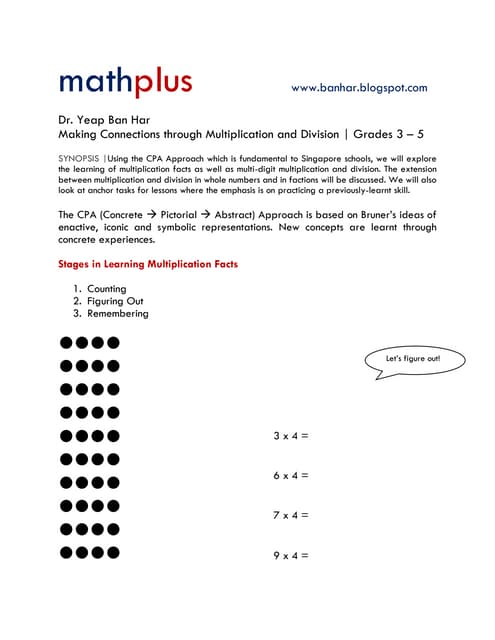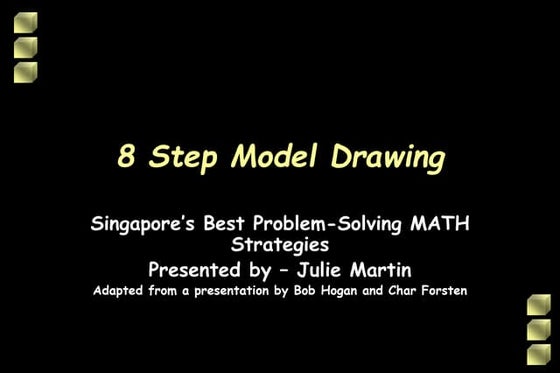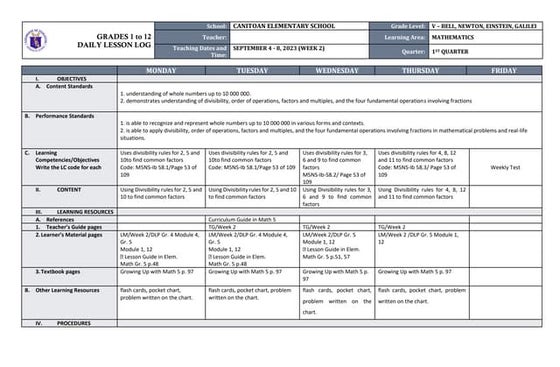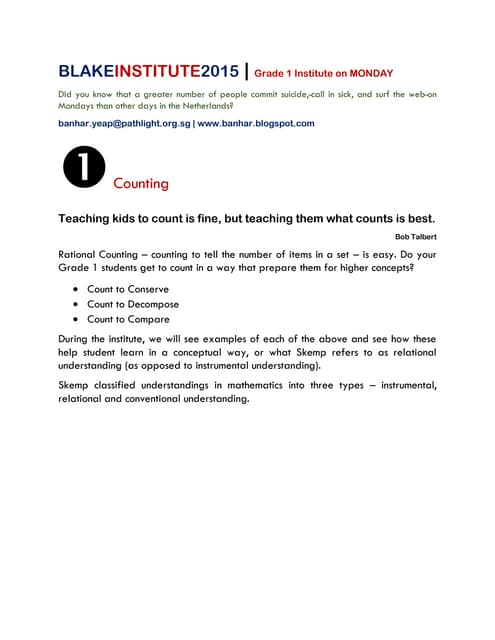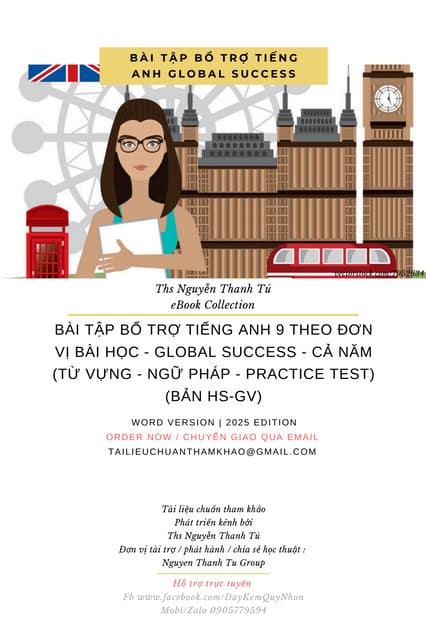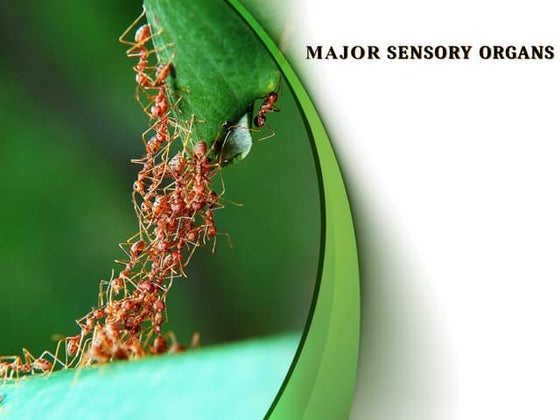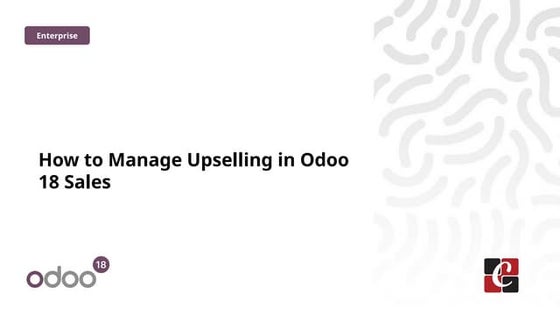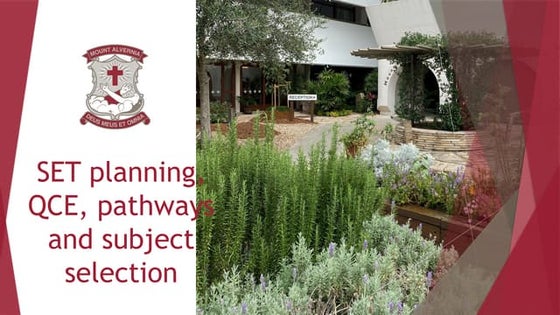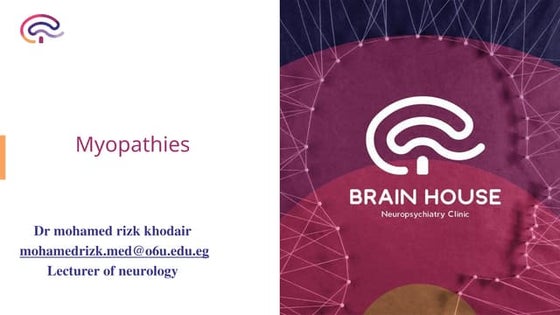اختلاف التعليم في مهام الرياضيات
- 1. Professor Glenda Anthony Massey University Feb 2013 1
- 2. Why differen+ate instruc+on? — Engage all students in instruction and learning — Enables teachers to consider the different ways that students learn without pre-‐ defining their capacity for learning — Values to diversity of students’ thinking 2
- 3. Differen+a+on is — “an organized yet flexible way of proactively adjusting teaching and learning to met kids where they are and help to achieve maximum growth as learners” (Tomlinson, 1999) 3
- 4. Valuing the diversity of students’ thinking — In one cupboard you have 3 shelves with 4 boxes on each shelf. — There are 3 cupboards in the room. — How many boxes are stored in the room? 4
- 5. — What different ways could students respond to the problem? 5
- 6. How can you make use of the differen+ated responses? — Anticipate as many responses as possible – knowing your students. — Understand the mathematics represented in the different student responses. — The instructional decision and interaction with students must be responsive to their mathematical ideas, strategies, and communication. 6
- 7. What instruc+onal response is appropriate for these scenarios — Liam raises his hand and waits for the teacher to help him. — Angela draws a picture of one of the cupboards and counts the boxes. — Dan draws a picture of 3 cupboards and counts the 3 shelves in each but not the boxes. — Tara uses addition and writes 4+4 +4 +4 +4 +4 +4 +4+4. — John uses addition and writes 4 +4+4 =12; 12+12+12 = 36 — Rebecca uses multiplication and addition writing 3 x 4 = 12 and 12+ 12+ 12 = 36. 7
- 8. Principles to differen+a+ng tasks 1. The focus on instruction must be on the big ideas being taught. 2. There must be some aspect of choice for the student: in content, in process, or product. 3. Prior/formative assessment to determine the need. 8
- 9. Two core strategies: Open ques+ons and parallel tasks — An open task/question involves a variety of possible responses or approaches. 9
- 10. Comparing open and closed task Question 1: — To which fact family does the fact 3 x 4 = 12 belong? Question 2: — Describe the picture below by using a mathematical equation / sentence? X X X X X X X X X X X X 10
- 11. How can we create open ques+ons? — Turning around the question — Asking for similarities and difference — Replacing a number with a blank — Asking for a number sentence — Changing the question 11
- 12. Turning around a ques+on — Give the answer and ask for the question. — How could you turn around : (i) 3 + 4 = ? (ii) What is half of 20? 12
- 13. Asking for similari+es and differences — How is the number 85 and 100 alike/ different? — How are 10 and 12 alike? — How is the number √2 and √5 alike ? 13
- 14. Asking for a number sentence — Create a sentence that includes the numbers 3 and 4 along with the words ‘and’ and ‘more.’ — Create a sentence that includes the words “linear’ and “increasing’ as well as the numbers 4 and 9. 14
- 15. Changing the ques+on in the text — Rae has 4 boxes of pencils. There are 6 pencils in each box. How many pencils does Rae have? 15
- 16. Rae has 4 boxes of pencils. There are 6 pencils in each box. How many pencils does Rae have? Rae has some boxes of pencils. There are 2 more pencils in each box than the number boxes. How many pencils does Rae have in all? 16
- 17. Try changing — A biscuit has a diameter of 5.75 cm . Express the diameter as a fraction in simplest form. 17
- 18. What about other areas other than number? — Big idea in Measurement: The same object can be described by using different measurements. — Open question: Which shape is bigger how do you know? 18
- 19. Early algebra — A pattern begins like this: 2, 6, ... How might it continue? — How could you adapt this problem? 19
- 20. Recap — What defines an open question? — What is important for the teacher to consider? — What is important in receiving the answers to open questions? — What to avoid in an open question 20
- 21. Parallel tasks — Sets of tasks, usually two or three, that are designed to meet the needs of students at different developmental levels BUT get at the same big idea and are close enough in context that they can be discussed simultaneously. — What are the benefits? 21
- 22. Big idea: recognising when mul+plica+on is appropriate Option 1: Create a word problem that could be solved by multiplying two one-‐ digit numbers. Option 2: Create a word problems that could be solved by multiplying two numbers between 10 and 100. What discussion questions might follow? 22
- 23. Crea+ng a parallel task — Variations that allow struggling students to be successful and proficient students to be challenged. — Important to think about how students might differ developmentally in approaching the idea. — Differences in task: — what operations the students might use ? — size of numbers they can handle? — What meanings of an operation make sense to students? 23
- 24. A parallel task Option 1: There were 583 students in Ira’s school in the morning. 199 of the Year 3 students went on a trip. How many students are left in the school? Option 2: There are 61 Year 2 students in Ira’s school. 19 of them are in the library. How many Year 2 students are left in their classrooms? 24
- 25. Parallel tasks: 583-‐199 and 61-‐ 19 — Attend to the ‘what is the same and what is different’ — How did you know that most of the students were left? — How did you decide how many were left? — I notice that Tui solved it by subtracting. Why does subtraction make sense? — I notice that Lisa solved it by adding. Why might adding make sense? — How would your answer have changed if one more student had left? — How would your answer have changed if there had been one extra student to start with? — How would your answer have changed if there was an extra student to start with, but one extra student left? — Which problem is easier for you to solve? 25
- 26. Measurement: Knowledge of the size of benchmarks assists in measuring A table is 5 pencils long. — How many paper clips long would it be? — How many centimetres long would it be? — Questions? 26
- 27. Big idea in Number: There are many ways to represent numbers — Draw a picture to show two equivalent fractions for 2/8. — Two fractions are equivalent. If you add the numerators, the result is 22 less than if you add the denominators. What could the fractions be? 27
- 28. Linear versus area measurement — Someone suggests that the school driveway is 4,ooo,ooo mm long. Is it a long driveway? — Someone suggest that a shopping mall might be 4,000,000 cm2 in area. Do you think that is reasonable? 28
- 29. Newspapers : Adap+ng text ques+ons — Suppose 4 students were delivering 176 newspapers and decided to share the task evenly. How many papers would each deliver? — PARALLEL: — Suppose 2 students were delivering 24 newspapers and decided to share the task evenly. How many papers would each deliver? 29
- 30. What are some cri+cal discussion ques+ons? — What operation did you use to decide how many papers each person would deliver? — Why would you use that operation? — Is there another way you could have worked out the answer? — How did you know that each person had to deliver more than 10 papers? — How did you know that each person had to deliver fewer than 100 papers? — How did you figure out how many papers each student had to deliver? 30
- 31. What about choice? — Sometimes the teacher should decide who does what but most of the time allow the students to choice. — Choice is very empowering. 31
- 32. Summing up parallel tasks — Generated from a single original task by changing the complexity of the numbers, shapers, graphs, patterns, equations, or measurements being employed or the complexity of the situations being addressed. — The context being the same allows common discussion. — It is important to set up the situation so that there are common questions beyond simple What did you do? 32
- 33. 1. Moves that a teacher uses before a students arrives at a correct answer . 2. Extending moves that a teacher uses after a correct answer. — Adapted from Jacobs, V., & Ambrose, R. (2008). Making the most of story problems. Teaching Children Mathematics, 15, 260-‐266. Teacher ac+ons to support and extend students’ thinking
- 34. — Ask her to explain what she knows about the problem – possibly with the use of manipulatives -‐ “model of” — Rephrase the problem — Use a more familiar or personalized context (put yourself or her in the story) — Suggest a different representation -‐ acting out etc. Ensure that the child understands the problem
- 35. — Easier numbers -‐ then back to harder numbers, looking for generalisation of structure, strategy. — Fold back to easier mathematical structure: Jan had 12 cookies. Sue had 3 cookies. How many more cookies than Sue did Jan have? — What would be an easier problem that still involves 12-‐3? Change the mathema+cs to match the child’s level of understanding
- 36. — What sort of questions can you use? — Are these the same sorts of questions that children can use in their groups? Explore what the child has already done
- 37. Sometimes need to give permission to move on and try an alternative way — changing a representation, — trying a new tool, — reminding of a strategy used in the past. Remind the child to use other strategies
- 38. Promoting reflection on the strategy just completed (i.e., view the problem solving as a context for having a mathematical conversation) — Asking for a strategy explanation or clarification. Ways to respond aer a correct answer
- 39. — This morning I had some muesli bars. Then I gave you five muesli bars. Now I have six muesli bars left. How many bars did I have this morning before I gave some to you? “Five pus five, if you took one away , is ten and then one more is eleven, so you had eleven.” Be specific to the details
- 40. What would you ask to probe the child’s thinking ? — “I don’t know. I just added them together.” Promo+ng reflec+on
- 41. — Generate another way — Think of another way that is connected to the first strategy. — Asking for a mental strategy that is an abstraction of work with manipulative – could you solve it in your head? — Explicitly compare and contrast strategies. — Comparing a successful strategies to an earlier unsuccessful strategy. Explora+on of mul+ple strategies and the mathema+cal connec+ons
- 42. — Record the strategy that you used to solve the problem. — Generate a number sentence that goes with the problem. Connect the children’s thinking to symbolic nota+on
- 43. — Build on the children’s thinking. Rene was collecting tomatoes. She has nine baskets, and she put ten tomatoes in each basket. So how many tomatoes did she have altogether? — How could you extend/build on this thinking? Generate follow up problems
- 44. — Oh, I get it, Well there’s already ten in each basket so that’s 90. — So I count up nine, one more nine. — I mean nine ones. — I ‘m going to add nine ones. — So there’s already ninety, so ninety-‐one, ninety-‐ two....ninety-‐nine. — What big idea has been advanced — 9 x 11 = 9 x (10 + 1) = 9 x 10 + 9 Response
- 45. — Ensure child understands the problem — Change the maths to match understanding — Explore what they have already done — Remind child to use other strategies — Promote reflection on strategy just completed — Explore multiple strategies and connections — Connect child’s thinking to symbolic notation — Generate linked follow-‐up problems. Teacher moves (Summary)



















































